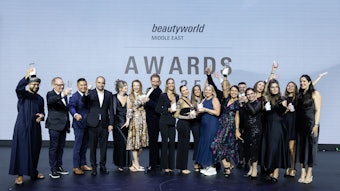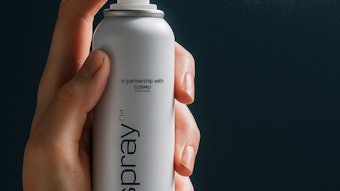In “The F&F Horizon: 2009 and Beyond,” a number of F&F experts discussed their views on the state and future of the industry from the vantage point of formulation to raw materials to the marketplace. (Perfumer & Flavorist magazine, January 2009, Page 45.) In this week’s edition of P&Fnow, we present several extended commentaries from our panel of experts and industry voices.
Send us your feedback here.
As I was starting my career in the mid 1990s, I was convinced that the biggest challenge I would have to face over the years would be to constantly find new sources of inspiration and keep pace with the best perfumers who have the exceptional ability to adapt quickly, anticipate future needs and create fragrances that become the pillar of a new trend, leading the market in a new direction for the years to come.
For the last 20 years, the perfumery industry has seen its landscape change drastically by constantly evolving regulatory requirements, the exponential increase of new launches, new environmental concerns and some major industry consolidations. Therefore, any perfumer who is on a quest to create the next “leader” of the fragrance market has to face some challenges that none of his or her predecessors has had to face before.
Today, the most challenging task for a perfumer is to adapt his or her creations to comply with the constantly evolving regulatory requirements such as guidelines issued by IFRA and RIFM. Without a doubt, these affect perfumers’ creations on a daily basis and will have a direct impact on the olfactive direction of the market in the future.
Consider the effect that legislation such as REACH will have on the perfumer’s ingredient library. REACH requires manufacturers to register their aroma chemicals with European authorities. Even if it is still very difficult to assess the absolute impact of the REACH program on the perfumer catalog, many people predict that perfumers will most likely see a significant number of raw materials disappear from their portfolio for the following reasons:
- Raw materials with an unfavorable risk assessment will trigger risk management measures and/or restrictions.
- Raw materials withdrawn from the market by suppliers due to economic reasons.
As much as this might sound like unfavorable news for our industry, we should instead see it as a unique opportunity to reinvent the way fragrances are created. The profile of new fragrance creations will be impacted by these regulations, and perfumers will have to adapt their craft. Some may argue that in the past, perfumers always had to face regulation and/or legislation and always managed to do so without affecting the integrity of their creations. The best examples would be the restrictions of animal products, oakmoss, nitro musk, or even more recently geranyl nitrile, all of which affected the profile of fragrances in the 1980s and 1990s.
Yet even if these restrictions were significant for perfumers, they took place over a relatively long period of time, which allowed perfumers to get used to these changes. Unfortunately, I doubt that in the future perfumers will have that luxury of time to adapt to changes. It only takes a few months to restrict or ban an ingredient today, while it takes between three and five years for a new molecule to go from a chemist's lab into a perfume formula (international clearance being responsible for most of the delay). For that reason, now more than ever, perfumers need strong R&D (for natural as well as synthetic ingredients ) to inspire and support their creations.
We have to see these new restrictions as great opportunities for both chemists and perfumers to come out of their comfort zone, to explore new emotional territories and discover a new way for consumers to dream when they are buying their fragrances.
With more than 800 new launches of fine fragrances last year alone, natural ingredients suppliers (such as IFF’s naturals facility, Laboratoire Monique Remy) and chemists are in a key position to help perfumers defend, inspire, regenerate and most importantly differentiate their new creations. Perfumers are looking for new, high-performance ingredients that can potentially replace the restricted ones, in addition to captive materials, which can impart a unique signature and protect their customers by making their fragrances more difficult to duplicate.
The strength of any industry lies in its ability to adapt and overcome the challenges it faces year after year. For the last 10 years the music industry has seen its business model being severely challenged by the rise of the digital era. For the most part, the inability of major labels to adapt to their customer needs has changed the dynamics of this industry forever and allowed an innovative outsider (Apple) to become one of the most important distributors of music on the planet.
The fragrance industry will face similar challenges in meeting consumer desires. Perfumers will then have to collaborate and work hand in hand with R&D to innovate and find new notes to replace the restricted and/or banned ones; otherwise they may be forced to try to compose new melodies on a piano missing half the keys.
Yet, as a perfumer, the most exciting challenge may be the opportunity fragrance houses have in creating a new musical instrument altogether, with their customers and partners—thus redefining the fundamental rules that have been used to create and commercialize fragrances over the past century.
More in Fragrance.










